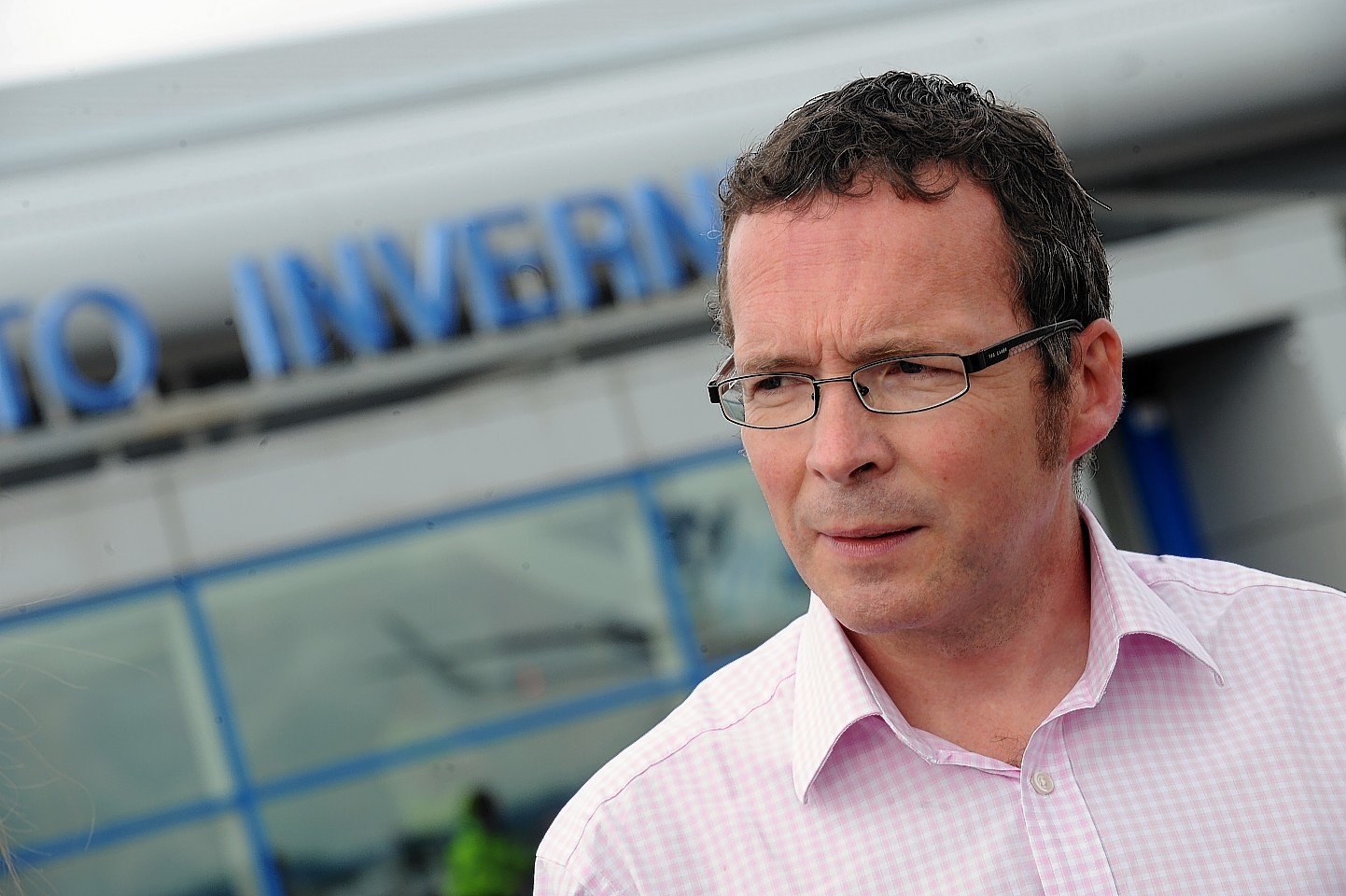Passenger numbers at Highlands and Islands Airports (Hial) increased by nearly 4% in 2014, making it the operator’s busiest year ever, according figures released yesterday.
The operator’s figures were bulked up by a 10.4% increase in passengers over the course of the fourth quarter, with Inverness and Sumburgh, Shetland’s main airport, posting the best results.
Overall, 1.4million people used one of Hial’s 11 airports in 2014, a 3.8% increase year on year.
Inverness was the most popular last year, with passenger numbers going up 1.7% to 630,000, thanks to demand for its Manchester and Amsterdam services.
The airport also benefited from a codeshare agreement between Aer Lingus and Flybe announced in November, which made it easier to connect to trans-Atlantic flights in Dublin.
And Hial said it is optimistic about the airport’s future, despite Flybe’s recent decision to pull the plug on its London City route.
The route only opened in October, but disappointing passenger figures have convinced the carrier to discontinue it at the end of February.
Hial managing director Inglis Lyon said: “After a sluggish start to the year, Inverness ended 2014 on a high, gaining an additional 19,000 passengers in the last quarter. Notwithstanding Flybe’s disappointing decision to cancel the London City service, these figures bode well for 2015.
“We are absolutely delighted by the growing demand for hub connections via Manchester, Amsterdam and Dublin. In the absence of a Heathrow link, these airports are proving increasingly popular hubs for long haul flights to the Gulf, the Far East and North America.”
Sumburgh cemented its place as Scotland’s fastest growing airport. Its passenger numbers went up 18.2% to 320,000, an increase largely driven by demand from the energy sector and upgrades to facilities.
The second phase of Sumburgh terminal’s redevelopment has already got the all clear from Transport Minister Derek Mackay and will get under way soon.
Barra also performed well for the group, notching up an 11.5% increase, while Islay, Stornoway and Tiree all registered growth of between 5% and 10%.
Mr Lyon said: “We are delighted with performance of the group as a whole, particularly at Sumburgh and Barra, which have been our fastest growing airports. The success of those two airports underlines the importance of aviation for business and tourism in our island communities.”
But not all Hial airports had a stellar 2014. Dundee’s figures fell 19.5%, while Wick John O’Groats suffered a 29.6% decline.
However, Wick’s 2013 figures were skewed by an unexpected increase in offshore helicopter flights — brought on by poor weather conditions in Aberdeen and Scatsta — and were always going to be difficult to sustain.
Mr Lyon said: “On the face of it, 2014 looks like a slow year for Wick John O’Groats. In actual fact, the airport recorded one of its best ever years. Compared to 2013, when the airport enjoyed unprecedented growth, last year was generally in line with our forecasts and ahead of 2012.
“However, it is a reminder that we cannot be overly reliant on the energy sector for new business and this is a lesson that also applies to Sumburgh. The fall in oil prices and moves by the oil firms to curtail future investment will inevitably impact on passenger numbers at Sumburgh. Our focus for the future is to ensure that Sumburgh remains the airport of choice for the energy sector while seeking out new business opportunities. That is why the recent decision by the Scottish Government to redevelop the airport is such good news for Sumburgh Airport and the local community.”
